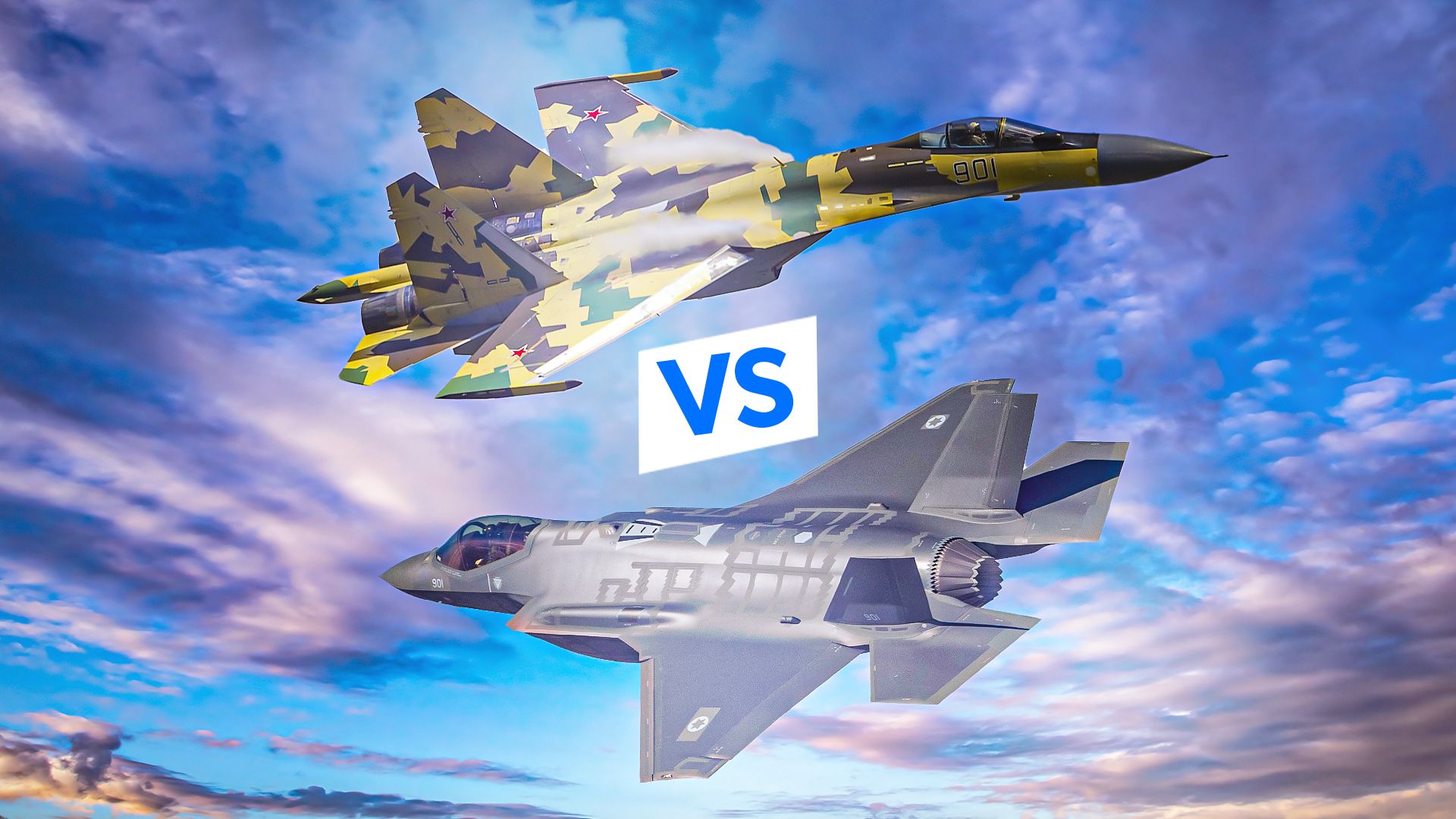Summary
- The F-35I “Adir” and the Sukhoi Su-35 “Super Flanker” are both advanced fighter jets, but they have some key differences that make the Adir a better choice in many ways.
- First, the Adir is designed as a stealth fighter, which means it is harder for enemy radar systems to detect. The Su-35, on the other hand, is not designed as a stealth fighter, making it easier to detect and target.
- Second, the Adir was specially modified by Lockheed Martin with Israel’s distinct security needs in mind, including a powerful electronic warfare system (EWS) and other enhancements. This makes the Adir better suited for Israel’s specific military needs.
The American-made, Israeli-owned Lockheed Martin Adir (אדיר/”Mighty One”;” known as the Lightning II in American parlance) and the Russian-made, Russian-owned Sukhoi Su-35 (NATO reporting name “Flanker E/M” AKA “Super Flanker”) just so happen to share the last two digits of their official alphanumeric designations.
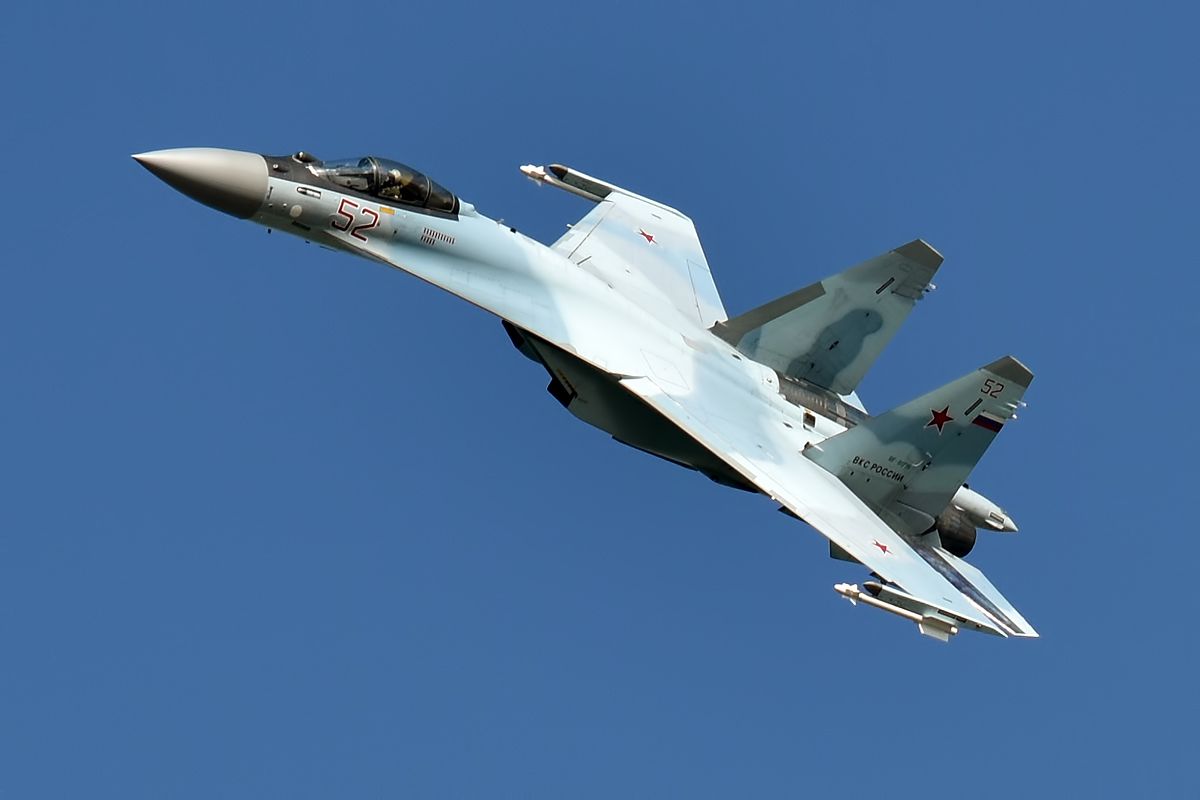
Related
Analysis: Will Iran Get Its Su-35s From Russia?
Russia proposes to upgrade the Iran’s fighter jet fleet with the Su-35. But what’s the truth vs. the propaganda behind this story?
That said, it begs the question as to what else these two fighter jets have in common, how they distinctly differ, and how they stack up against each other in terms of overall quality. Simple Flying now attempts to tackle these burning questions.
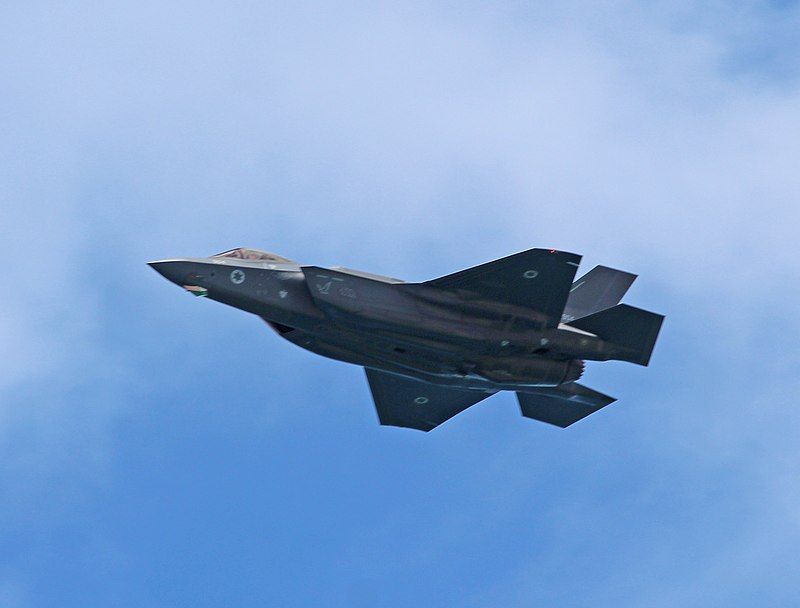
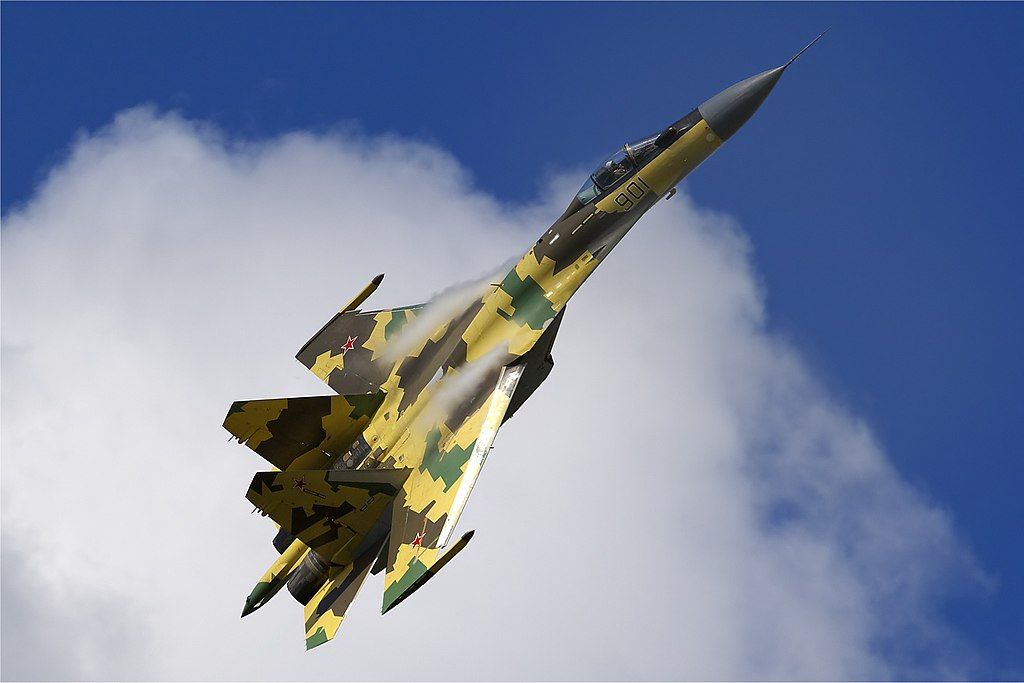
“Tale of the Tape”: F-35I and Su-35 specification head-to-head
Might as well start with the basics to see how these two fighters compare & contrast:
|
F-35I |
Su-35 |
|
|
Maiden Flight Year: |
2016 |
2008 |
|
Operational Debut Year: |
2017 |
2014 |
|
Fuselage Length: |
51.4 ft (15.7 m) |
21.9 m (71 ft 10 in) |
|
Height: |
14.4 ft (4.4 m) |
5.9 m (19 ft 4 in) |
|
Wingspan: |
35 ft (11 m) |
15.3 m (50 ft 2 in) |
|
Empty Weight: |
29,300 lb (13,290 kg) |
19,000 kg (41,888 lb) |
|
Max Takeoff Weight: |
65,918 lb (29,900 kg) |
34,500 kg (76,059 lb) |
|
Powerplant: |
1 × Pratt & Whitney F135-PW-100 afterburning turbofan, 28,000 lbf (125 kN) thrust dry, 43,000 lbf (191 kN) with afterburner |
2 × Saturn AL-41F1S afterburning turbofan engines, 86.3 kN (19,400 lbf) thrust each dry, 137.3 kN (30,900 lbf) with afterburner, 142.2 kN (32,000 lbf) in emergency power |
|
Max Airspeed: |
|
|
|
Combat Range: |
|
1,600 km (990 mi, 860 NM) approx |
|
Service Ceiling: |
50,000 ft (15,000 m) |
18,000 m (59,000 ft) |
|
Rate of Climb |
45,000 ft (13,716 m) per minute |
55,000 ft+ (16,764 m+) per minute |
|
g Limits: |
+9.0 |
+9 |
|
Wing Loading: |
107.7 lb/sq ft (526 kg/m2) at gross weight |
|
|
Thrust/Weight: |
0.87 at gross weight (1.07 at loaded weight with 50% internal fuel) |
|
|
Armament: |
|
|
.
So, on paper, those numbers do appear to show several advantages for the Russian plane. What’s not reflected in those numbers is that the 5th Generation F-35 is designed as a stealth fighter whilst the 4th Generation Su-35 is not. (For the basis of comparison, Russia’s first stealth fighter, the Su-57 “Felon,” made its maiden flight in 2010 and finally went operational in 2020.).
What’s also not reflected in those stats are the unique features of the “Adir” that differentiate it from other countries’ F-35s (including the US). Maya Carlin explains in The National Interest:
“The Adir was specially modified by manufacturer Lockheed Martin with Israel’s distinct security needs in mind. Then-Israeli Defense Minister Ehud Barak insisted on Israeli industrial participation, which led to the airframe’s components being assembled and manufactured locally.”
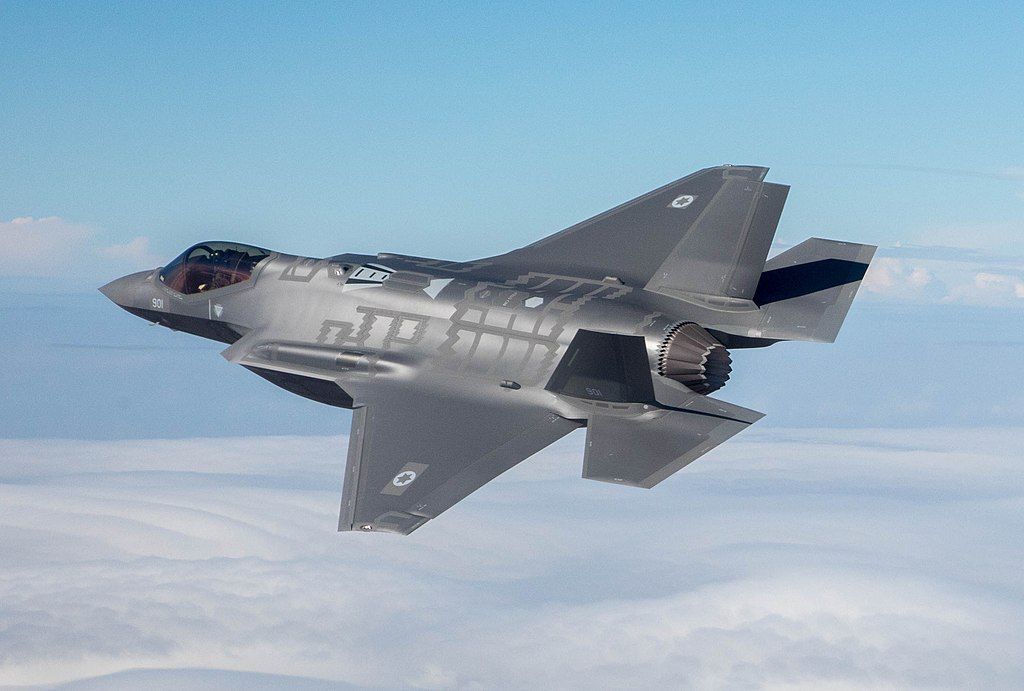

“Perhaps the Adir’s greatest feature is its electronic warfare system (EWS). Domestically produced sensors and countermeasures were incorporated in the platform, in addition to helmet-mounted displays. The Adir variants also have datalink functionality specifically suited to Israel’s needs, as well as extra enhancements made to the jet’s data gathering and processing capabilities.”
Both are battle-tested
The Sukhoi was the first of these two “35s” to be “blooded” in combat; this happened in January 2016, when the Russian government deployed four of the Super Flankers to Syria, partially as a show of solidarity by Vladimir Putin to shore up Syrian strongman Bashar al-Assad against a hodgepodge opposition of Islamic State/ISIS/Da’esh terrorists, Al-Qaeda terrorists, the Tahrir al-Sham, and the Free Syrian Army.
To date, the Syria-deployed Su-35s have only deployed ordnance against ground targets; they have performed intercept missions against Turkish F-16s and Israeli aircraft (specific type unknown) alike and forced them to retreat.
Su-35s have seen further combat use in Ukraine, where Russian Super Flanker drivers scored at least one confirmed air-to-air kill against a Ukrainian Naval Aviation Mil Mi-14 helicopter, resulting in the death of Colonel Ihor Bedzay, the deputy head of the Ukrainian Navy Aviation Office. Su-35s may have also shot down four Ukrainian Su-27s, though it’s not certain if these shootdowns were carried out by Super Flankers or Su-30 “Flanker-C/G/Hs.”
In turn, at least five Super Flankers have been shot down in combat, one by friendly fire (which brings to mind the cynical military joke that “Friendly fire, isn’t”) and four by Ukranian air defenses such as the MIM-104 Patriot missile.
Meanwhile, the Israelis have thus far been the only nation to actually use the F-35 in combat, and unlike the Su-35s, none have been shot down in combat yet. According to Maya Carlin:
” In 2018, the modified F-35I Adir variant flew in an operation for the Israeli Air Force… According to the IAF, the Adir carried out strikes inside Syria targeting Iranian military infrastructure. In 2021, Israel’s Adirs also became the first F-35s to destroy airborne targets. This occurred when the IAF’s F-35s intercepted a pair of Iranian UAVs that were headed for Israeli airspace. Israeli officials said that the UAVs, believed to be Shahed 197 drones, were taken down far beyond the country’s airspace.”
Major disparity in foreign military sales (FMS)
The Israeli Air Force is just one of 17 buyers of the F-35; as I noted in a recent Simple Flying article comparing & contrasting the F-35 vs. the Chengdu J-20, though American-owned Lightning IIs have been excoriated by the press for a spate of reliability issues, foreign buyers of the warbird, for whatever reason, don’t seem to be having those reliability issues (as I noted in yet another separate article on the F-35, Royal Australian Air Force [RAAF] officers told me that “We love them!”), and more prospective overseas buyers are lining up around the proverbial block.
By contrast, there has been only one non-Russian buyer of the Su-35, Communist China’s People’s Liberation Army Air Force (PLAAF), which has an estimated 24 airframes in its inventory.
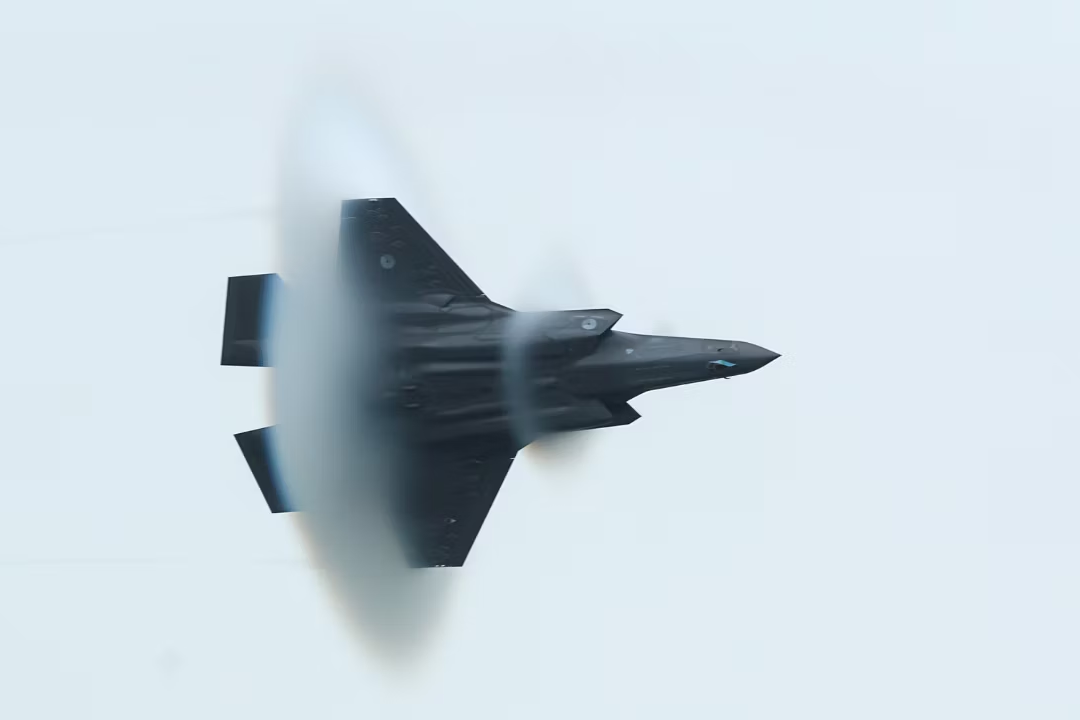
Related
Why the Romanian Air Force is Switching From Russian MiG-21s to US F-16s and F-35s
Romania is modernizing her jet fighter fleet. Simple Flying was able to gain additional insights from Romanian defense experts on this transition.
Back on April 20 of this year, Paul Iddon of Forbes had initially reported that the Islamic Republic of Iran Air Force (IRIAF) was due to receive an initial shipment of Super Flankers (24 total ordered) as soon as the following week.
However, to paraphrase Mark Twain, “Reports of the Su-35s’ pending arrival in Iran have been greatly exaggerated, as the Student News Network (SNN), a propaganda arm of Iran’s Revolutionary Guard Corps (IRGC), denied and then deleted the reports, declaring them false, prompting Mr. Iddon to update his article accordingly:
“It’s not the first time Iran prematurely expected delivery of the jets. In January 2023, an Iranian official said the jets would arrive the following March, just in time for the Iranian New Year.”
This dearth of FMS stands out sharply from the foreign customer base generated by the Soviet fighter industry during the Cold War. To cite just three examples:
Those numbers do not count the Former Soviet Republics (FSRs) that inherited the planes after the USSR’s dissolution, or the former Yugoslav republics that inherited the warbirds after that country’s breakup.
So then, that begs the question: why are the Russians having so much trouble selling the Su-35 to foreign customers? Part of the reason, of course, is the sanctions imposed on Russia since Vladimir Putin initiated his so-called “special military operation” in Ukraine in February 2022, but even that doesn’t tell the whole story.
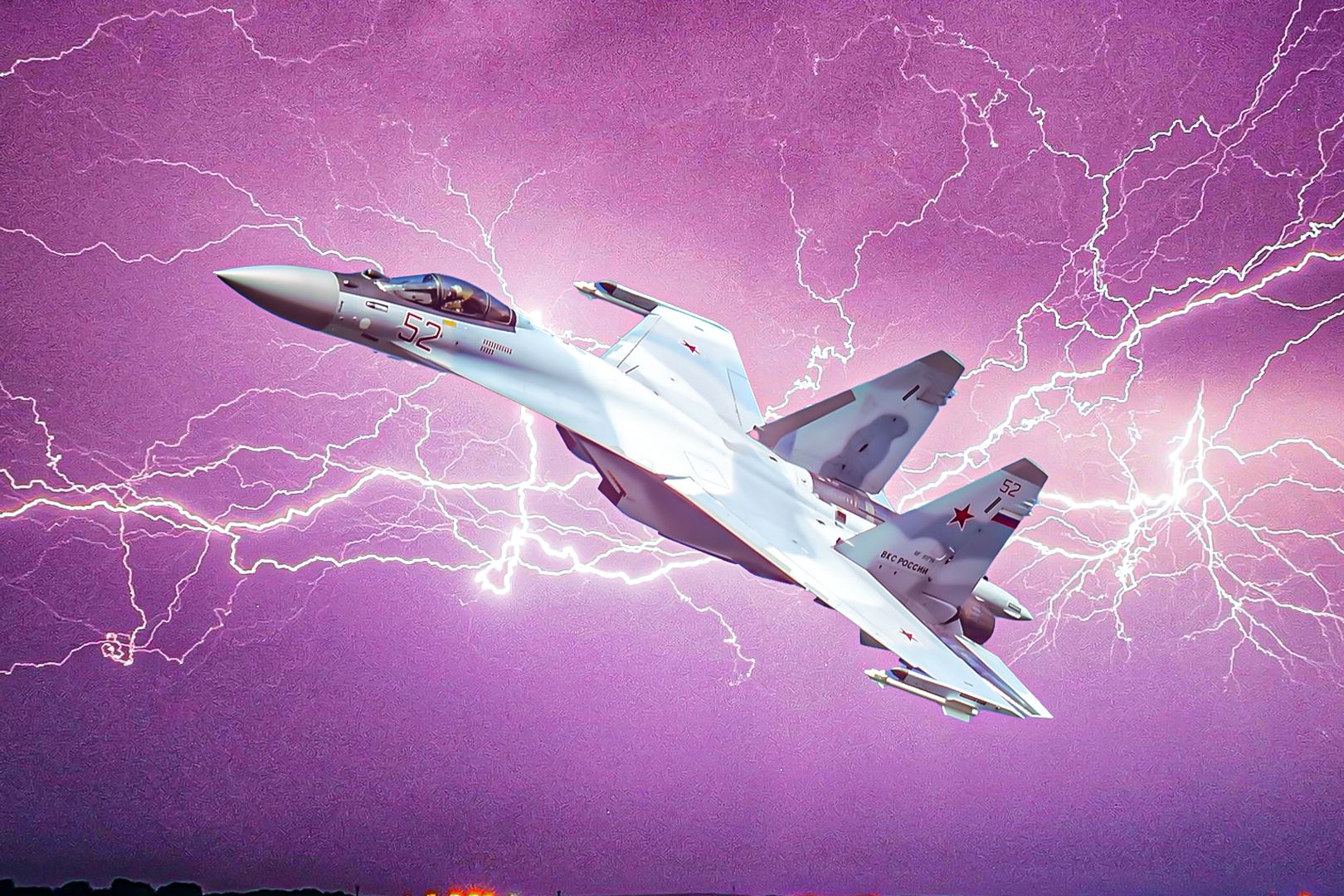
Related
Analysis: Why Russia’s Su-35 Fighter Jets Had Trouble Finding Buyers Even Before Ukraine
Facing a whirlwind of troubles, Russia’s days of exporting large numbers of fighter jets could be over.
Simple Flying’s Aaron Spray sheds some additional light on the subject:
- “Pre-2022 US-led sanctions on Russian defense exports
- Post-2022 Ukraine-Invasion Western sanctions
- Maturing of domestic fighter jets in China and India
- Potential reputational damage from a lackluster performance in Ukraine
- Lack of new-generation fighter jets
- Russia potentially prioritizing its own wartime production needs”
In addition, Aaron discusses how Russia’s 5th Generation fighters, the Su-75 “Checkmate” and the aforementioned Su-57 “Felon,” have underwhelmed performance-wise — over-promising and under-delivering — thus further impacting the confidence of would-be buyers of Russian-made fighters in general.
Conclusion
Short and sweet: the F-35I “Adir” appears to be the clear winner over the Sukhoi Su-35 “Super Flanker.”

